
Great engineering culture is the driving force behind some of the most successful tech companies in the world.
Some of them have unique ways to nurture a healthy engineering culture, and some of them share fundamental values upon which they are built.
In this article, we’ll give you top examples of great engineering cultures that can inspire you and encourage you to explore different concepts with your own team. Let’s see how these companies do it!
Table of Contents
Spotify engineering culture
The music streaming service giant Spotify is a place that highly values engineers—and in turn, engineers highly value Spotify as a workplace.
In fact, the overwhelming majority of employees, including engineers, are satisfied with their job at Spotify.
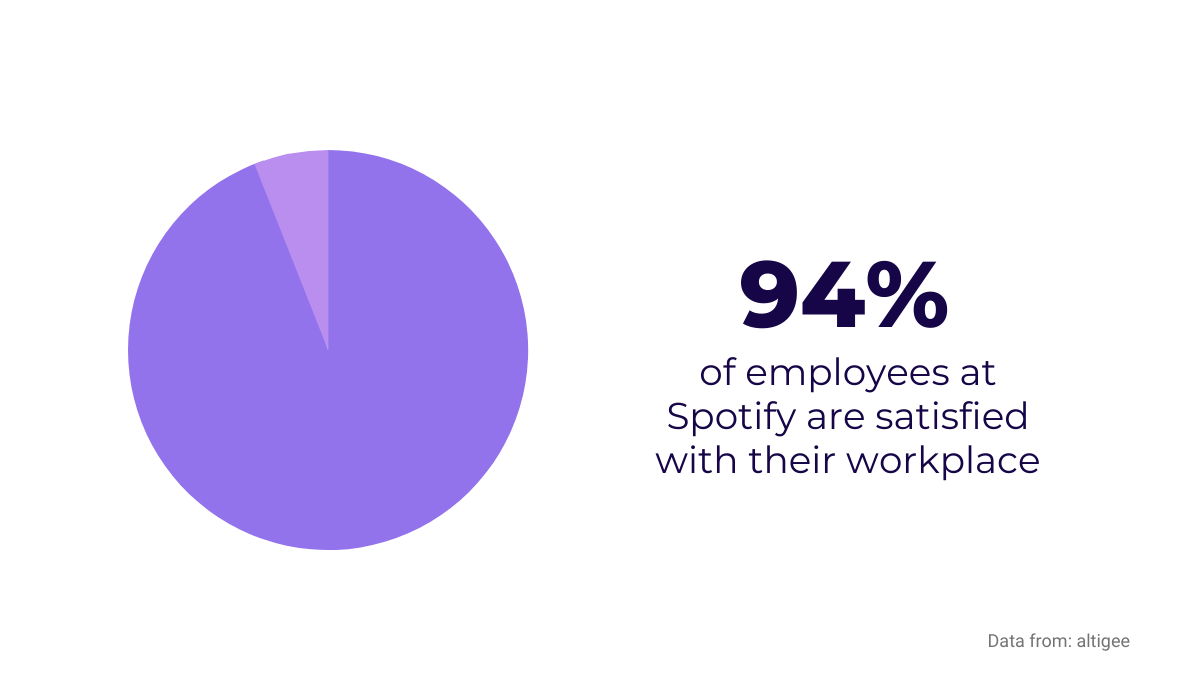
A rate of 94% is impressive by any standard, so they’re clearly doing something right.
That “something” might be their world-famous Spotify Model, which represents their organizational structure and accompanying values.

Get unreal data to fix real issues in your app & web.
For example, they nurture an engineering culture that puts community and trust over hierarchy. That means that they give engineers a high level of autonomy and freedom to organize their work in the way the developers see fit.
According to Joakim Sundén, a former Agile coach at Spotify, having autonomy is challenging because it comes with added responsibility.
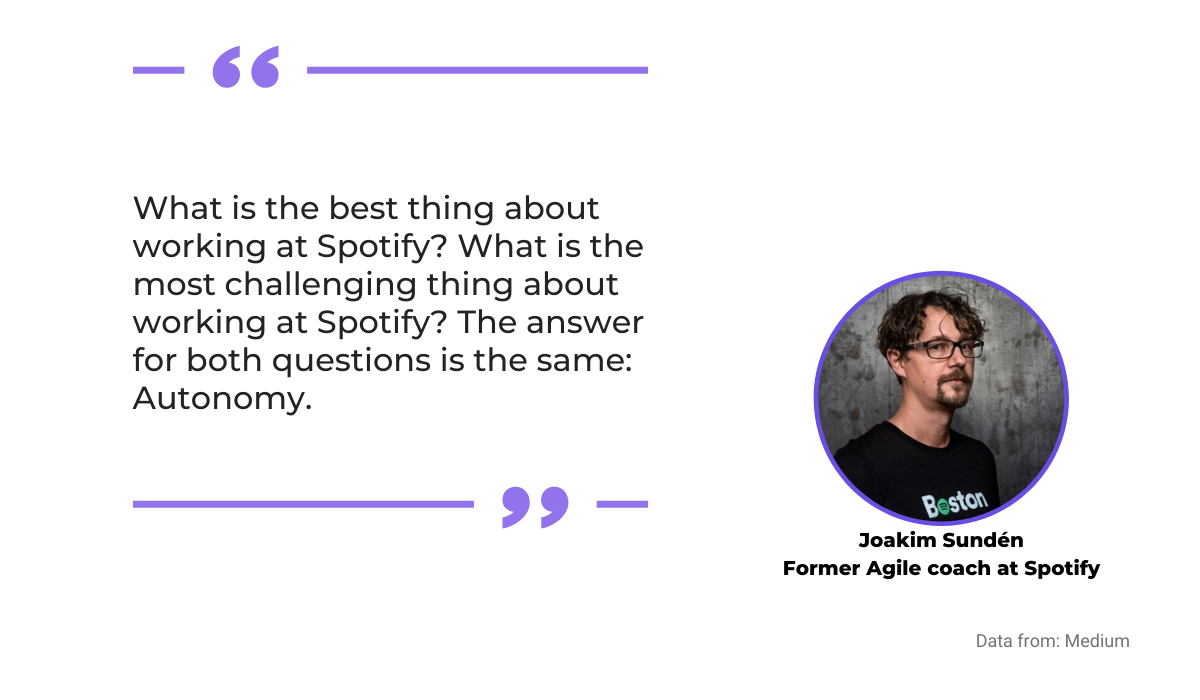
However, autonomy at Spotify doesn’t mean that it’s every man for himself type of environment. On the contrary, people and teams are organized in several ways that are all interconnected.
Some key parts of their organizational structure are:
- squads
- tribes
- chapters
- guilds
Let’s take a more in-depth look at what that looks like in practice.
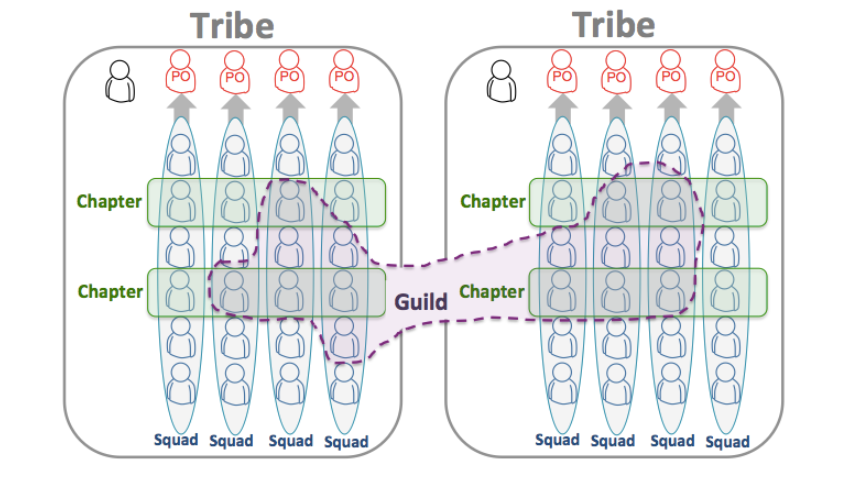
Squads are self-organizing teams that decide their own way of working. Members of the squad have all the necessary skills to design, develop, test and release a feature.
Also, they don’t have a leader, but they have a responsible person and an agile coach who works with them and conducts meetings, as you can see in the photo below.
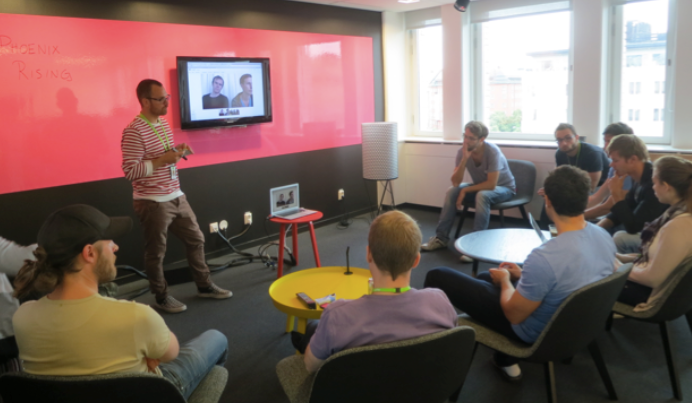
Squads that work in related areas form a tribe. They usually share an office so they can collaborate efficiently.
Also, tribes hold regular gatherings where squads present their work, new projects, live demos, etc. Below you can see one of those tribe gatherings.
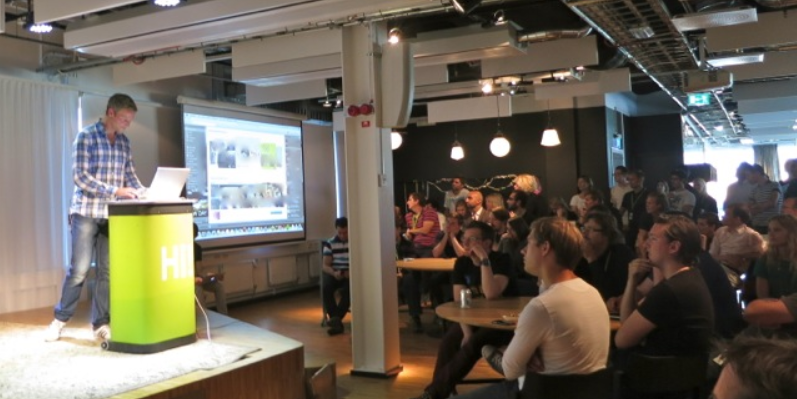
You can read more on chapters, guilds, and other organizational specifics of the Spotify model here, but the underlying principle permeating the whole structure is autonomy.
Every unit in the Spotify model is built to maximize the engineers’ freedom, which is exactly what Spotify employees enjoy most about their company.
Netflix engineering culture
Another streaming service that is also well known for its company culture in which engineers can thrive is Netflix.
At the core of their engineering culture are freedom and responsibility. In other words, they give their engineers the leeway to be creative, but that comes with the responsibility to deliver outstanding work.
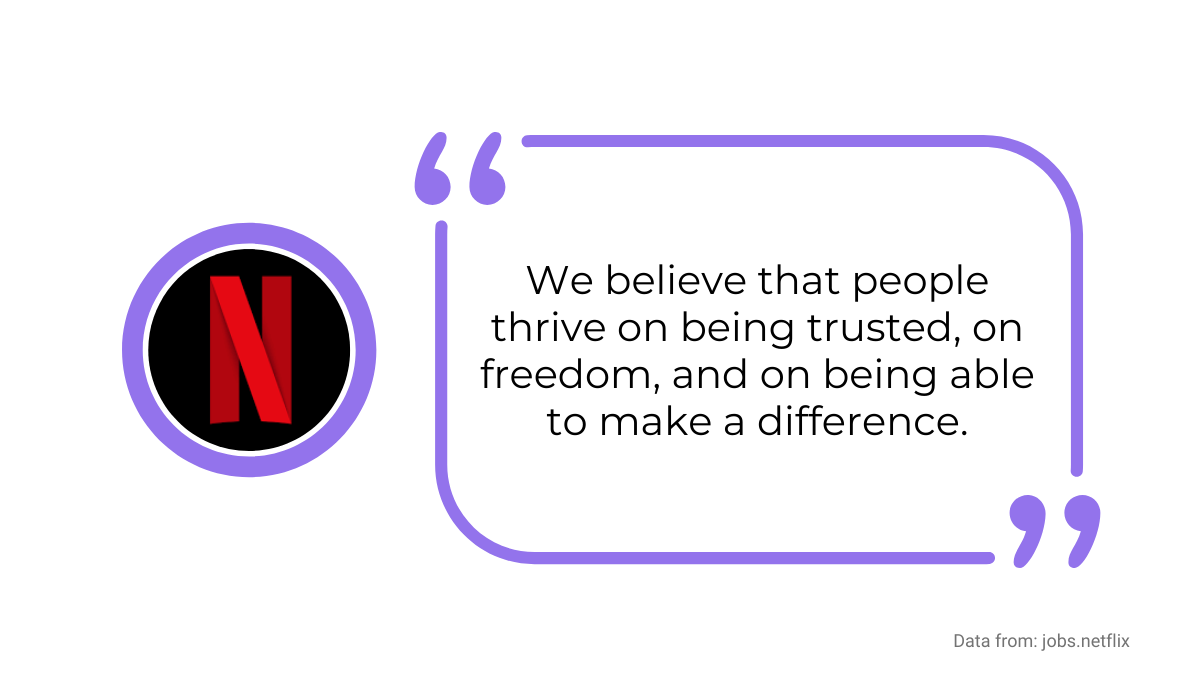
That responsibility comes in a few different ways. For example, every engineer is ultimately accountable for their own work; they run what they write and fix their own mistakes.
In short, any potential issues with the code is on them, and, as the company believes, that makes engineers more careful and detail-oriented.
Furthermore, the company is known for constantly testing different approaches to see what yields the best results. The engineering team is also part of that testing process. Below, you can see an example of a typical test schedule.
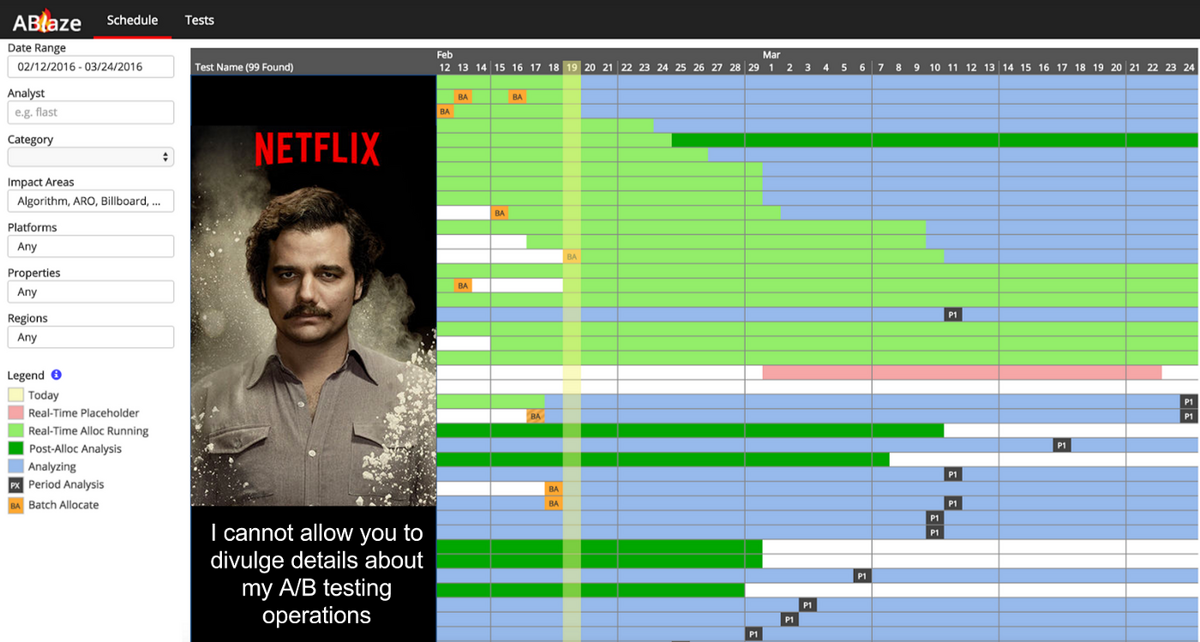
However, the company doesn’t just pile responsibilities onto its engineers and leave them to their own devices. Developers at Netflix have their own productivity engineers who help them focus on their work.
As Kathryn Koehler, Director of Productivity Engineering at Netflix, explains, the company wants to keep the engineers’ workflow streamlined so they can operate as efficiently and effectively as possible.
Therefore, productivity engineers help developers with various tasks, including testing, debugging, deployment, monitoring, etc.
As she explains in the video below, the goal is to provide developers with the conditions they need to focus only on their part of the work.
It’s the concept of a paved road—if they clear the obstacles in front of engineers, they’ll help them get where they need to go faster.
The example of Netflix shows that you should give more if you demand more.
It’s fine to expect great work from your developers, but without providing them with the tools, conditions, and infrastructure, the results will be lacking—and it won’t be your engineers’ fault.
Stripe engineering culture
Making engineers feel like an integral part of the company is a policy that Stripe, an online payment processing business, subscribes to.
That’s something new engineers feel as soon as they start working at the company.
For example, as Leticia Portella, one of those engineers, describes, new developers are grouped from the first day to go through classes and learn about Stripe, its products, challenges, programming languages, etc.
This also helps new members of the team to start forming lasting relationships within the company.
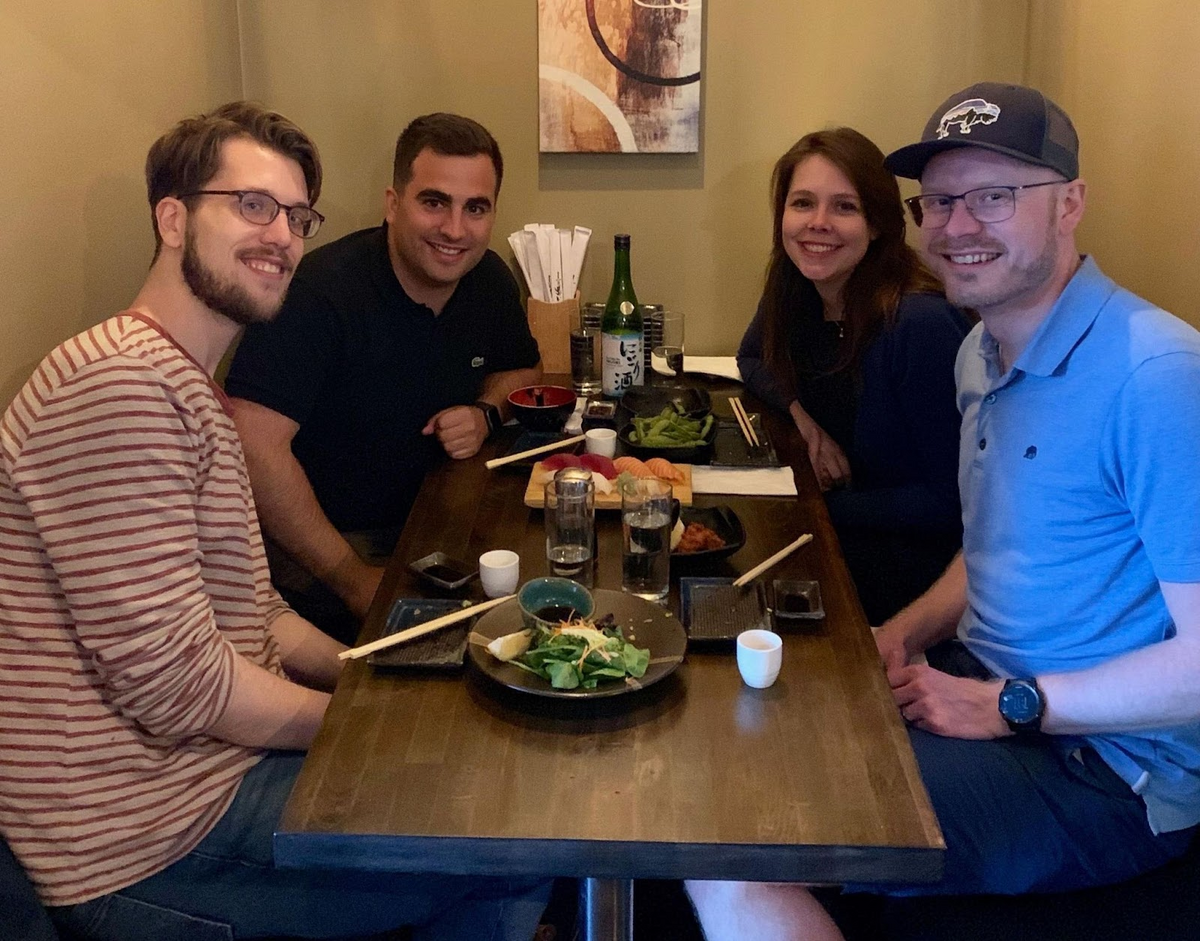
After that part of the onboarding process, new engineers are assigned to a small project that serves as a practice.
That process helps new engineers at Stripe to gradually get used to the level of urgency and focus the company emphasizes in day-to-day work.
For example, at Stripe, they have a mantra: “We haven’t won yet.”
It illustrates the drive and determination that are crucial to company culture.
That mindset is clear in internal emails that celebrate the launch of new features and products but also detail why they “haven’t won yet” and what could be better. There are always problems that could be solved.
The company also gives its engineers a lot of autonomy, both in work and in their professional development.
As they point out, they believe in performance management and feedback, but career paths are not rigid—which doesn’t mean they don’t care.
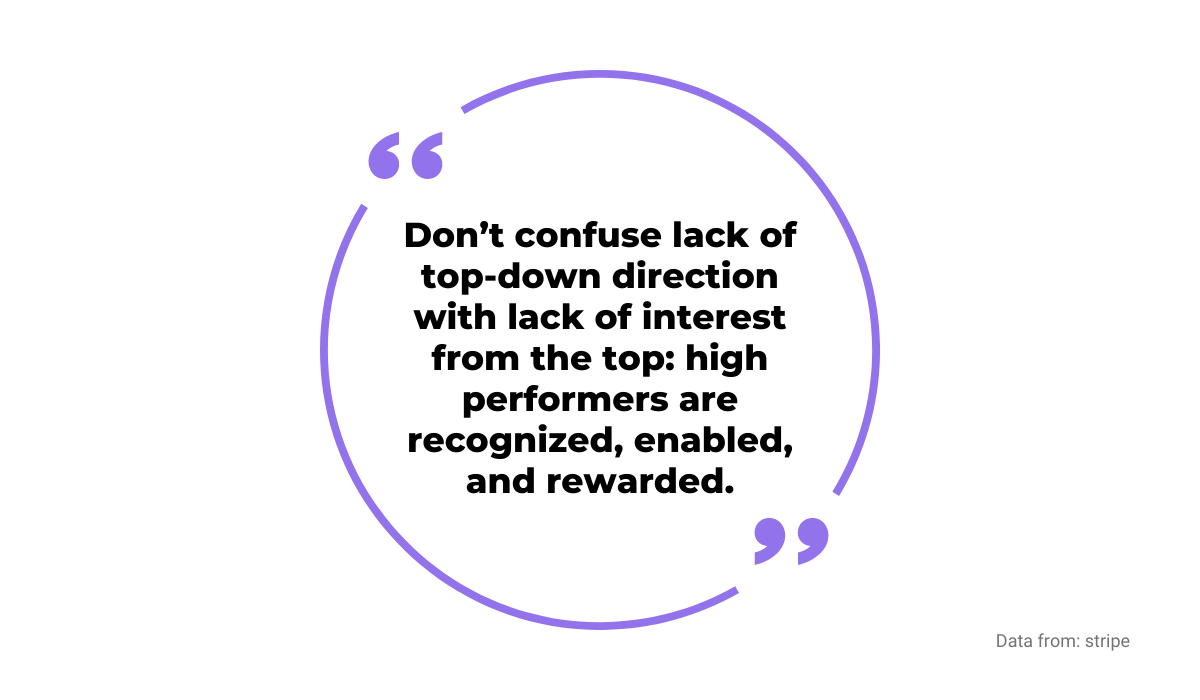
A flat organizational structure complements the emphasis on solving problems and autonomy results.
As Ling Siow Chang, one of their engineers, points out, engineers are expected to collaborate on projects across the company—a not-my-job attitude isn’t part of the engineering culture.
Although the company has firm values, it still invests in engineers and looks for additional ways to improve the culture. A tweet from Patrick Collison, one of the company’s founders, illustrates that point well.
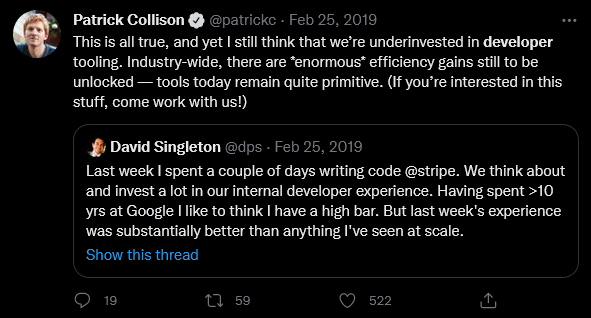
You can say that the “we haven’t won yet” attitude expands to developing the engineering culture, not just products and features.
Hunger for improvement and problem-solving can inspire engineers of any company, including yours, so taking a leaf from Stripe’s book is something you might want to consider.
Google engineering culture
You can use Google as an inspiration for many things, so, unsurprisingly, its engineering culture is also something to aspire to.
As one of their software engineers explained it, the engineers are Google’s main asset, and a lot revolves around them in the company.
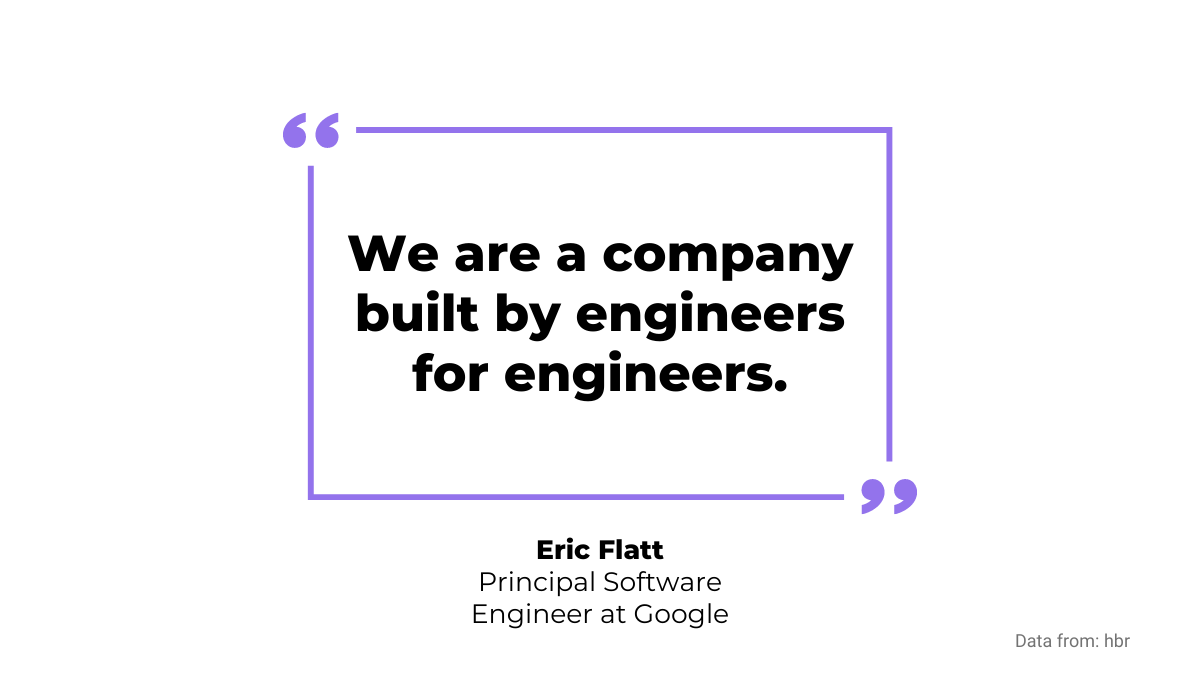
One way Google prioritizes engineering at the company is by investing in training materials for onboarding new developers.
They’ve built Codelabs, where they store all the training documents and resources a developer at Google might need. It also contains exercises and tutorials for developers to get used to processes.
Given the number of technologies and tools engineers use at Google, that resource can be invaluable to new hires.

Efficiency is also an important element of the engineering culture at Google. They developed standardized coding conventions that contribute to that goal.
That’s logical when you consider the scope of Google’s projects into account. Having every capitalization or line length standardized makes writing and reviewing code easier, as well as correcting mistakes.
Standardization improves consistency, and that’s a real advantage in companies of every size. There are over a dozen style guides and other helpful documents and rules for developers; below is one for using Python.

But, besides heavily investing in technical documentation and guides, Google also expects its engineers to follow the company’s core principles.
Among them are humility, respect, and trust. They practice that by nurturing a blameless culture and a notion that failure is an option.
For example, engineers use a process of a blameless postmortem to document and examine mistakes. Its purpose is to understand why the error occurred and prevent it from happening again, without pointing fingers and passing the blame around.
Sometimes, they make a document public, like in the Google Compute Engine Incident in 2016, when they explained what happened and how, as well as how they fixed the issue and what measures they took to prevent it from happening in the future.
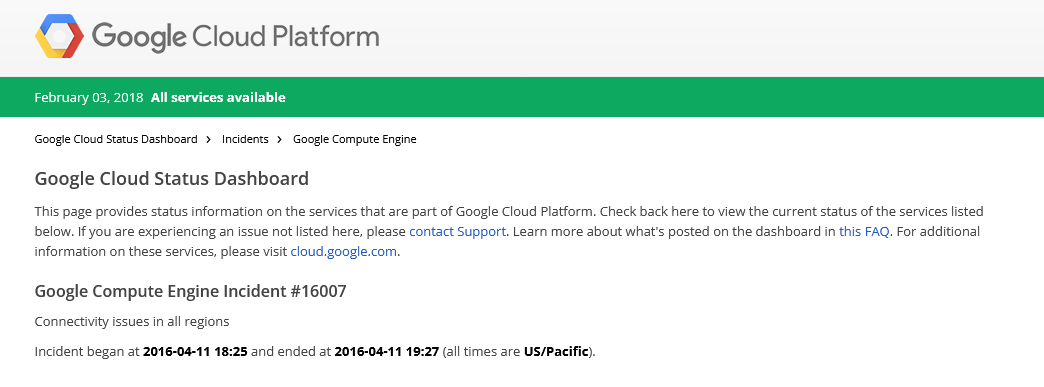
The focus on efficient processes is a staple at Google, and it can be applied in any company. The examples of training resources, coding standardization, and nurturing blameless culture presented in this section are scalable to any company, be it one with 15 employees or one with 15,000.
Monzo engineering culture
The engineering culture at Monzo, an online bank from the United Kingdom, is based on a few core values that envelop every part of the company.
One of them is transparency. For example, when somebody wants to propose a change in any aspect, they write a proposal that anyone from the company can see and comment on. That way, every decision is transparent, and everyone is involved.
Transparency also applies to public relations.
At Monzo, they communicate their values on social media and put a lot of the materials from the company on Github, so it’s out in the open for anyone interested.
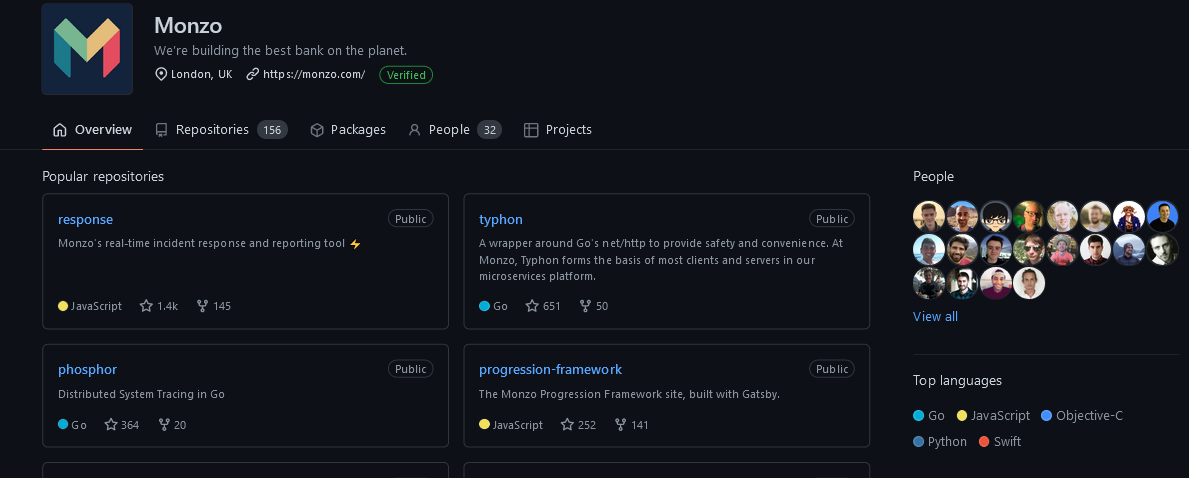
Diversity and inclusion are also pillars of Monzo’s engineering culture. The company goes the extra mile to have a diverse workforce in which everyone feels included and in a safe space.
They believe that diversity is key to making better product decisions; a group that’s too homogenous can have a narrow viewpoint.
Regarding inclusivity, at Monzo, they conduct regular surveys about satisfaction in the workplace and encourage feedback.
One example of the inclusion efforts that their former Senior Engineering Manager Sally Lait shared in an interview is the so-called Guys Bot in Slack.
The Guys Bot pings every time someone uses the word “guys” in Slack conversations; it’s discouraged because that word is not inclusive.

If engineers subscribe to those values, they’ll be at the front and center of the company. Monzo has more particular values regarding engineers, like the one that says that it’s problems that need to be fixed, not people.
In other words, if an engineer makes a mistake, the company doesn’t blame them but the process. It’s imperative to fix the problem, not punish the person, as Sally Lait puts it.
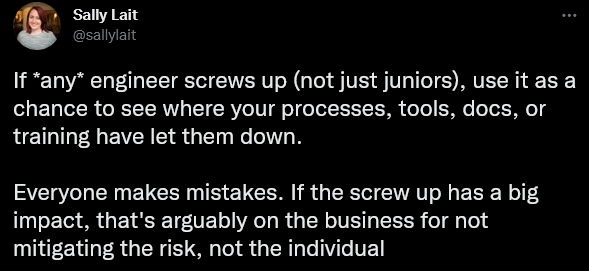
That kind of thinking can inspire you to build a more constructive relationship with your engineers. Every process, tool, and document is there to serve the engineers—not the other way around.
Shopify engineering culture
How can you build a reliable, consistent engineering culture in a big company?
You can try hiring engineers who share your values from the word go, as Monzo from the previous section does, or you can take steps to help them align with your company culture and start their training even before they work in your company.

Capture, Annotate & Share in Seconds with our Free Chrome Extension!
Shopify is an e-commerce giant with a seemingly never-ending need for more engineers—in 2021, they planned to hire over 2000 new engineers, but they failed to do so because there simply aren’t that many suitable hires in the job market.
That’s one of the reasons they strive to build their engineering culture by attracting young developers and emphasizing education through work with their Dev Degree program.

In short, it’s a program that combines attending classes at Canadian universities, while obtaining working experience at Shopify. Students have the opportunity to contribute to real projects at the company under the supervision of mentors and a support team.
The program is free, and the students also receive their tuition and salary from the company so they can focus on learning and not worry about finances.
Tobias Lütke, founder and CEO of Shopify, firmly believes in the Dev Degree program; it offers a great learning environment for young engineers, and many of them choose to stay at the company.
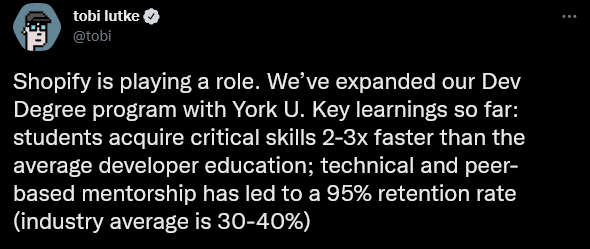
In addition to recruiting new engineers, Shopify isn’t a stranger to trying out new processes in the development cycle.
For example, the company needed a way to break engineers’ work into more manageable chunks and improve prioritization.
Hence, they started to experiment with six-week development cycles in one team. It proved to be a very efficient solution, so it became the norm.
That’s one example of how they adapt to circumstances and improve engineering culture. Despite some turmoil in recent times, that’s one of the reasons why Shopify has remained a desirable workplace for engineers.
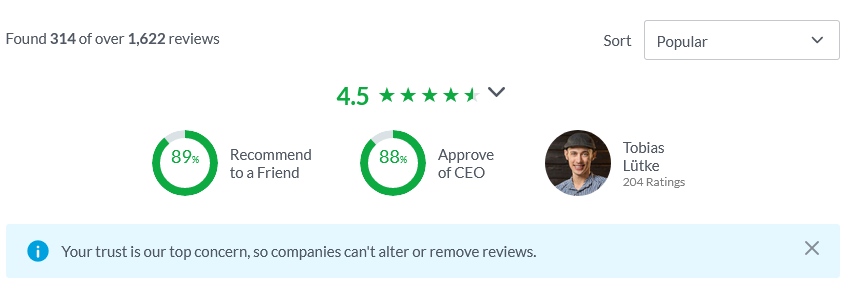
Believing in your engineers and providing them with training, support and resources are universally beneficial practices you can apply to your business. A positive impact from them is something you can count on.
RingCentral company culture
When a company gets 19 awards in one year for various aspects of their company culture, it’s safe to say that they’re doing something right. The company in question is RingCentral.
This company, which provides cloud-based business communication solutions, won the aforementioned nine Comparably awards in 2022. They are based on feedback from their employees, so it’s evident that people love working at RingCentral.
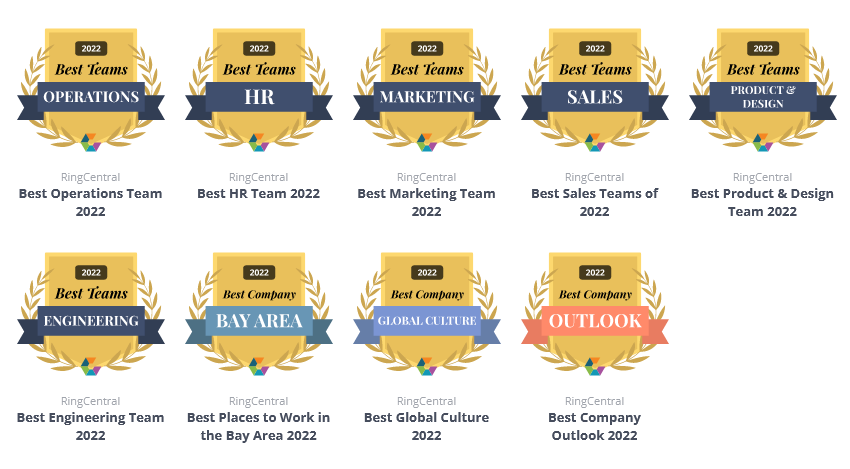
As you can see, one of those awards is for the Best Engineering Team. That’s not surprising when you consider how much thought is put into the hiring process and cultivating the company culture at RingCentral.
For instance, they emphasize celebrating the diversity of their team. As Jim Gratehouse, Customer Success Director, explains, the company prioritizes forging connections between employees.
Among such practices are, for example, demonstrations of Indian dancing during Diwali, offering food inspired by Filipino culture, and celebrating Iranian New Year, which you can see in the post from one of their employees below.
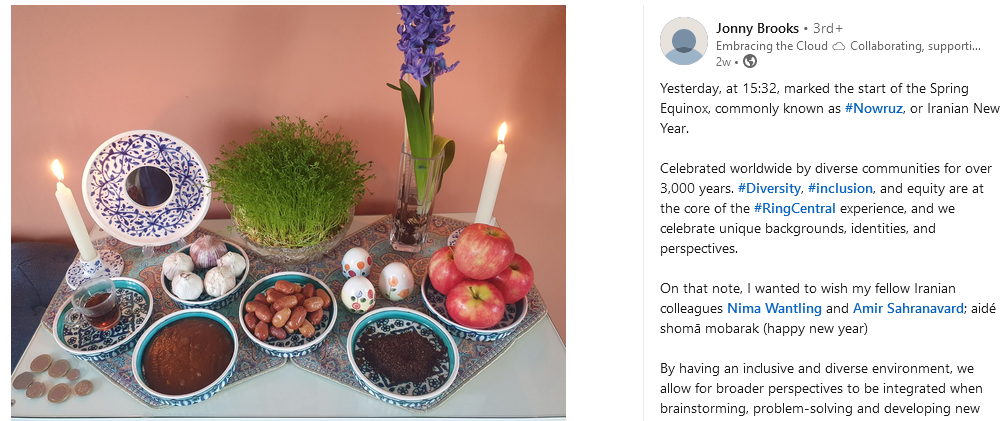
Also, RingCentral has structured goals for diversity and inclusion in the company. As they state, those are:
- U.S. veteran representation
- intentional ethnic diversity at all levels
- disability inclusion
- more women at the board level
- empower women in leadership
- inclusion and visibility of non-binary genders
- minority-owned business advocacy
- minority-focused community support
One look at the photo of RingCentral employees, and it’s clear that these goals don’t remain only on paper; the company is proud of its diverse team of people.
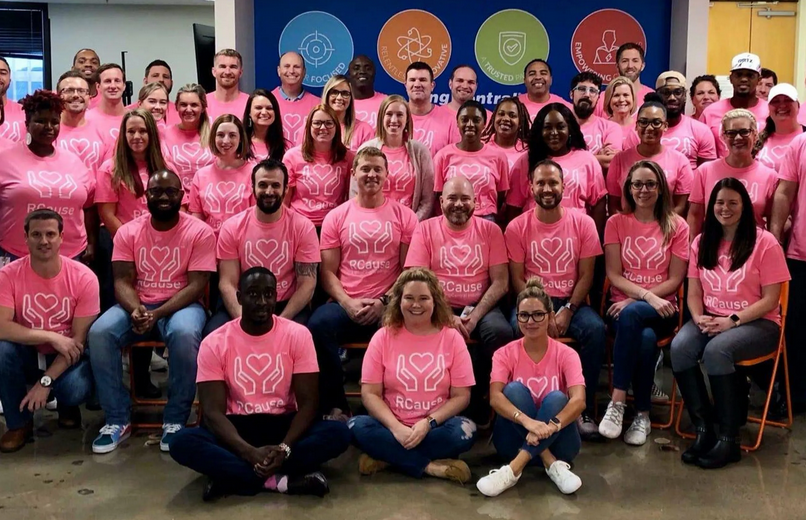
The company also nurtures a healthy company culture by prioritizing the well-being of its employees. They have unlimited vacations and sick-leave days, workout classes, healthy lunches at the company, and access to mental health professionals if they need them.
All of that results in a high level of satisfaction with the work-life balance at RingCentral.
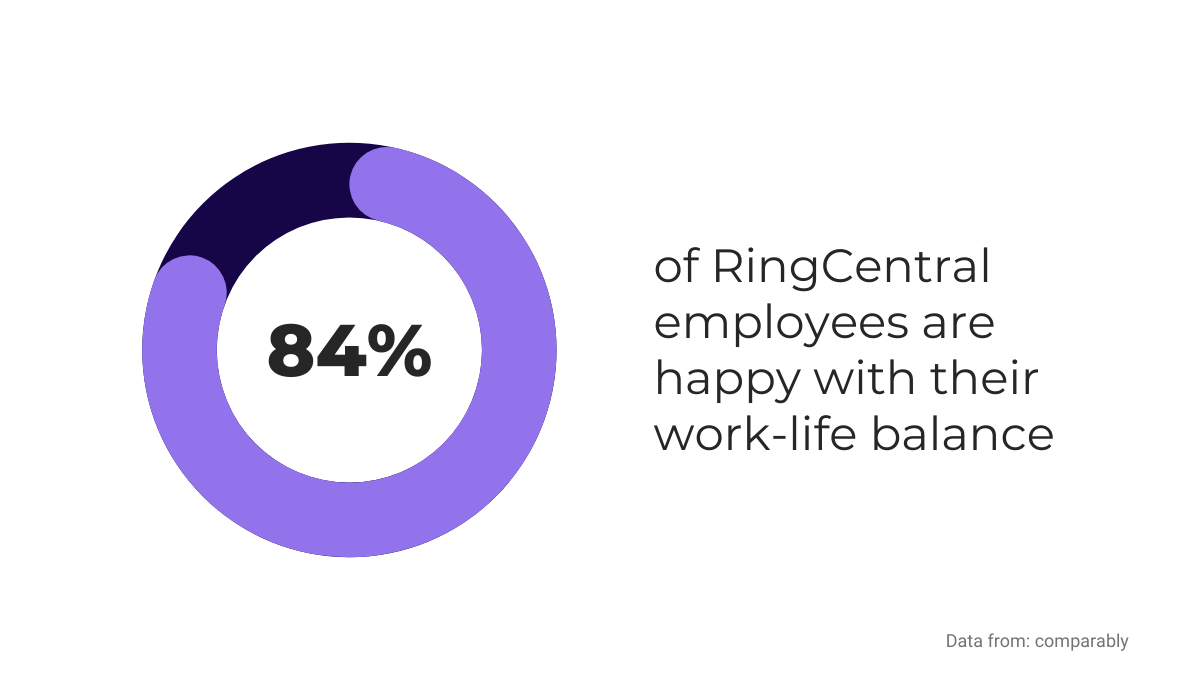
Putting the needs of employees first and treating them as members of a diverse family are practices that certainly had a significant impact in getting all those rewards we mentioned at the beginning of this section—and they certainly can be inspiring to any leader.
Conclusion
The interest of every tech company is to keep their engineers happy and productive.
Building a great engineering culture at your business is essential to achieving that goal. As you saw in this article, you can take different paths to a remarkable engineering culture at your company.
Copying every step of the companies we presented here isn’t realistic nor necessary; however, if you get inspired by any of them, you can create your own thriving engineering culture.




